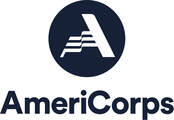|
PAWV’s Preserve WV AmeriCorps, Cailin, is heading up the Craik-Patton House’s Preservation Week activities. She will be cleaning all collections items in the museum, as well as doing public demos for people to come see and ask questions.
Volunteer West Virginia, The State’s Commission for National and Community Service is pleased to announce it is accepting concept papers for 2014-2015 AmeriCorps State Planning Grants. If your agency is interested in applying for this funding, you must submit a concept paper to Volunteer West Virginia no later than May 2, 2014 at 5:00pm Eastern Time.
More information available HERE.
Meet PAWV’s new VISTA, staff, Preserve WV AmeriCorps, and PAWV Board of Directors and ask them historic preservation questions. Bring photos of specific historic buildings if you have questions related to their preservation. Have a question about historic windows, ask Lynn! PAWV’s very own Lynn Stasick will be giving a historic windows demonstration using windows from the Darden House. You will also be able to purchase a copy of PAWV’s new booklet: West Virginia Endangered Properties: Saved & Lost, 2009-2013 at a special discounted rate of $5!
Fun for the whole family! For questions, contact [email protected]. By Eliza, Preserve WV AmeriCorps
The “biggest thing” that occurred during my second quarter of service was the Old Hemlock Reunion. While LeJay and other Old Hemlock Family members did most of the planning, I felt as though I learned and grew in my role as an AmeriCorps member substantially through my experience at the reunion. Having attending the reunion and met most of the members of this community, I finally feel as though I am a member of the family and that I have acquired a greater level of understanding of the current legacy of George and Kay. My two major contributions at the reunion were the completion of 18 oral history interviews and the creation of a solution to LeJay’s sign-up problem (signupgenius.com). I also gave a presentation of my personal thoughts and reflections on George’s legacy, which was very well received. I indexed 1000 minutes of interviews with George and Kay. These were the interviews that Kathy Harper recorded while writing George’s autobiography. LeJay and I felt as though it would not be a practical use of my time to transcribe these interviews, so I created an index instead. It has already proved to be useful. By Cailin
Over the last month I have been developing an educational outreach plan for Craik-Patton House in Charleston called Traveling Trunks. It is essentially a program the Craik-Patton House is offering to Kanawha County elementary schools, beginning this fall, where we will travel to the school free of charge and give a living history presentation in class. There will be two separate programs: the first will be for grades 1-3 and the second for 4th and 5th graders. The goals of the traveling programs are to increase awareness of the Craik-Patton House by sharing its history, as well as the early history of the settlement of the Kanawha Valley. For the younger students this will also include a fun history of toys and games children would have played, and for older students, a chance to see what it was like for children during the Civil War. We want to make history interactive, fun, and relevant for grades 1st through 5th. Currently, I have purchased one trunk, and a volunteer has offered use of his trunk as well, and we have several toys, clothes and kitchen items ready for the fall. The state museum has also graciously offered their reproduction items for our use as well. Needless to say, this has been a tedious and involved process thus far, but we have had significant successes. We hope this fall will be an excellent pilot program for the schools. One of the best achievements I have had with the planning of the program, is the opportunity to speak at the spring meeting of Kanawha County Schools elementary principals to let them know what we are wanting to implement for the fall. I spoke to over 50 principals, the superintendent of elementary schools and the superintendent of Kanawha County Schools on April 2, and they were thrilled this program was being offered. We have had seven schools contact me to let me know they want our presentation at their school, and all the principals were eager to get the program up and rolling. I was very excited that the program was received so well, even in the beginning stages, and it has truly lit the fire inside me to make it a success and something kids will love.
Cass Gilbert’s West Virginia State Capitol narrates the intricate story behind this architectural feat. Its close examination of the design, construction, and execution of this commission not only reveals the social, political, and financial climate of West Virginia during this period but also provides insight into the cultural importance of this public building. As Cass Gilbert’s design process is traced through unpublished documentation, drawings, and letters from several archives, the over one hundred accompanying photographs—many historical and others newly commissioned for this book—divulge the subtle beauty of the Capitol complex. At the same time, an extensive analysis of historical and contemporary illustrations and primary sources further elucidates the architectural value of this structure.
With welcoming remarks by West Virginia Governor Earl Ray Tomblin and State Senator Brooks F. McCabe, Jr., a prologue by art historians Bernard Schultz and Mary L. Soldo Schultz, and an epilogue by Chad Proudfoot, this revealing and comprehensive study examines the importance of this often overlooked architectural accomplishment, solidifying its significance as a socio-political symbol as well as its place within the history of American public architecture. To order this title, visit http://www.wvupress.com, phone (800) 621-2736, or visit a local bookstore. Cass Gilbert’s West Virginia State Capitol March 2014 / 368pp / 114 photographs / HCJ 978-1-938228-46-9 / $44.99
Presented at the Cockayne House, 1111 Wheeling Avenue, Glen Dale, “Women of the House” is open until Labor Day. Admission to the exhibit is included with a tour of the ca. 1850 farmhouse. Admission is $5.00 for adults; admission for students (grades 1—12) and senior citizens is $3.00; pre-school children are admitted for free. The Cockayne Farmstead is open for tours daily, Monday through Friday, between 10:00 a.m. and 4:00 p.m., and tours begin on the hour. Weekend and group tours are by reservation; credit cards are accepted. Free off-street parking is available adjacent to the Cockayne Farmstead office at 1105 Wheeling Avenue.
Please call Caitlin Hucik or Tom Tarowsky at 304-845-1411 for group or weekend reservations, or with questions. The Cockayne Farmstead is a site project for the Preserve WV AmeriCorps, a service initiative administered by Preservation Alliance of WV. For more information, visit our Preserve WV Program page. The National Coal Heritage Area (NCHA) is one of only 48 nationally designated heritage areas in the entire United States. The mission of the National Coal Heritage Area is to preserve, protect, and interpret lands, structures, and communities associated with the coal mining heritage of southern West Virginia. The NCHA encompasses 12 counties in southern West Virginia: Boone, Cabell, Fayette, Logan,McDowell, Mercer, Mingo, Raleigh, Summers, Wayne, Lincoln and Wyoming and the Paint Creek and Cabin Creek watersheds in Kanawha County.
For more information on NCHA or the grant requirements, contact [email protected]. The NCHA has released information on available grants that must meet the following criteria: Interpretive Themes
Eligible Organizations Organizations eligible for grant awards are legally established non-profit organizations and institutions (recognized by the IRS), and public and governmental organizations including county and municipal governments, state agencies, economic development authorities, and educational institutions, including public and private not-for-profit schools. Projects must be implemented within the National Coal Heritage Area. Grant Range Projects will range in costs from $2,000 to $100,000. Applicant organizations must provide 50% of the project cost and may request grants ranging from $1,000 to $50,000 with the remainder provided in documented matching funds. Submission of Grant Applications Completed grant applications must be received in the office of the National Coal Heritage Area Authority by 5:00 PM, May 15, 2014. Applications may be mailed to the Authority at National Coal Heritage Area Authority, PO Box 15, Oak Hill, WV 25901 or hand delivered to the Authority office at 100 Kelly Avenue in Oak Hill. Faxed or emailed applications will not be accepted. Two complete copies of the application, with a cover letter signed by the Executive Director or an officer of the corporation indicating institutional support for the project, are required. Please secure applications with a clip and do not staple or bind in any manner. Eligible Categories Interpretation and Heritage Programming: (grant awards range from $1,000 – $25,000) Projects must create or further develop interpretive opportunities related to coal heritage within the National Coal Heritage Area incorporating at least one of the interpretive themes. Examples of eligible project are interpretive brochures and guides, performances and performance spaces, interpretive exhibits, creation of public art exhibits and development of interpretive signs and brochures for walking/biking trails. Can include community or school based heritage education projects. Designs for printed materials, signage design and interpretive plans must be approved by the National Coal Heritage Area Authority before printing or fabrication of signs begins. Exterior interpretive signage must use the graphic design template currently in use by the National Coal Heritage Area. Historical markers will be allowed under this category, but must be a part of the Division of Culture and History’s historical marker program and must include adequate space for a minimum of two vehicles to safely pull off the road. Historic Preservation and Resource Stewardship: (grant awards range from $1,000 -$50,000) Projects in this category must further the preservation, protection, and/or restoration of historic properties, landscapes, and cultural resources within the National Coal Heritage Area. All structures must be listed on the National Register of Historic Places or determined as eligible for listing by the State Historic Preservation Office. Preservation and restoration of historic structures must adhere to the Secretary of the Interior’s “Standards for Treatment of Historic Properties.” All preservation projects are subject to approval of the WV State Historic Preservation Office and may not proceed until written notice from SHPO is received. Examples of eligible projects are development of a historic preservation master plan for an existing National Register district or structure, structural analysis for the purpose of stabilizing an eligible structure, and interior and exterior rehabilitation. Archives and Historical Record Collection: (grant awards range from $1,000 – $25,000) Grants within this category will serve to increase the public’s access to historical records and documents or to preserve paper-based archival documents. Examples of possible projects include collecting and cataloguing archival documents to be made available to the public and creation of systems to allow on-line access to document images. All work done under this category must focus on improving the public’s access to archival information, but may not include ongoing operational expenses of operating an archival facility. A catalogue of material collected and archived under this grant category must be published and made available to the public either on-line or in print and a copy provided to the National Coal Heritage Area Authority. Greenways, Public Parks, and Non-motorized Trails: (grant awards range from $1,000 – $25,000) Grants within this category must focus on creating outdoor interpretive spaces, be open to the general public, and be generally accessible to the traveling public. Example of projects could include a trailhead facility that relates the coal heritage of the area, interpretive trails that pass across mining lands or through company towns with accompanying interpretive materials, roadside pull-offs featuring interpretive signage and/or historical markers, gateways to coal communities, and non-motorized trails that connect historic resources. Design plans and feasibility studies for these types of projects are also considered to be eligible. In general playgrounds and recreational facilities will not be eligible for funding, unless they contain an interpretive element. Plans for maintenance of the site must be clearly defined with a responsible entity identified. All design plans for approved projects must be submitted to the National Coal Heritage Area Authority for approval before actual construction begins. Educational Activities and Events: (grant awards range from $500 – $10,000) Grants within this category will focus on providing education opportunities within the community or schools. Educational activities should focus on preserving and sharing the history of the region with children, young adults or community members or involving those groups in collecting and preserving history. Eligible activities include: Field trips when combined with other educational activities, art projects that explore the history and culture of coal and coal communities, including drama, literature, photography, visual arts, music, dance, and public art projects, special speakers or presentations when combined with other educational activities, historical research and documentation including oral and family histories and digital stories created by students and community members, and workshops or presentations designed to assist communities in preserving and interpreting their history. By Tricia When envisioning a courthouse most people conjure the image of a blindfolded allegorical statue standing in front of an imposing neoclassical temple of justice – much like the one Cass Gilbert designed for the U.S. Supreme Court. However, courthouses come in all shapes and sizes. With fifty-five counties, each one with a current – and often former – seat of power there are many courthouses across the state to explore. Below are just a few examples of the diverse architectural styles of the many historic courthouses of West Virginia Go out and do these historic courthouses justice! Make these temples to jurisprudence your excuse for an excursion!
|
News and NotesCategories
All
Archives
May 2024
Subscribe to our mailing list to receive e-news updates on historic preservation news and events in West Virginia.
|
Get Involved |
Programs |
Contact UsPreservation Alliance of West Virginia
421 Davis Avenue, #4 | Elkins, WV 26241 Email: [email protected] Phone: 304-345-6005 |
Organizational Partners:
© COPYRIGHT 2022 - PRESERVATION ALLIANCE OF WEST VIRGINIA. ALL RIGHTS RESERVED.

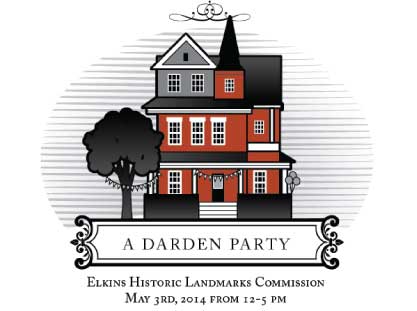
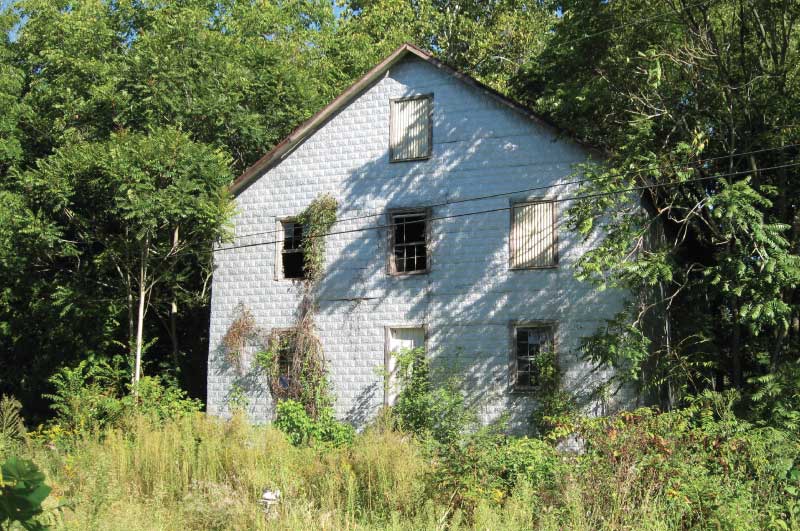
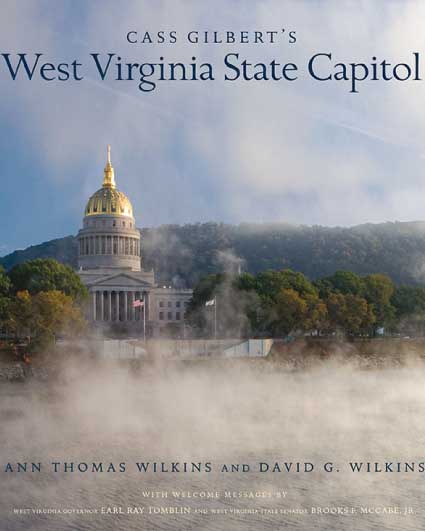
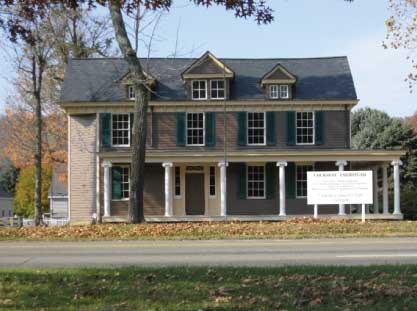
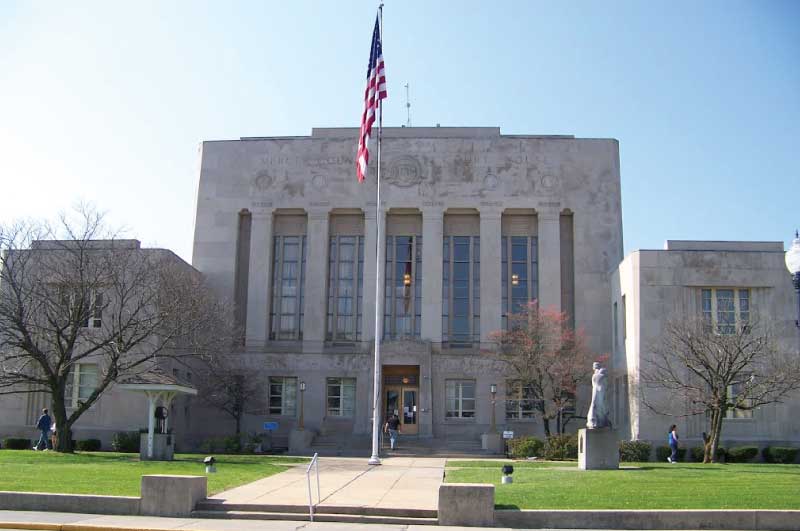
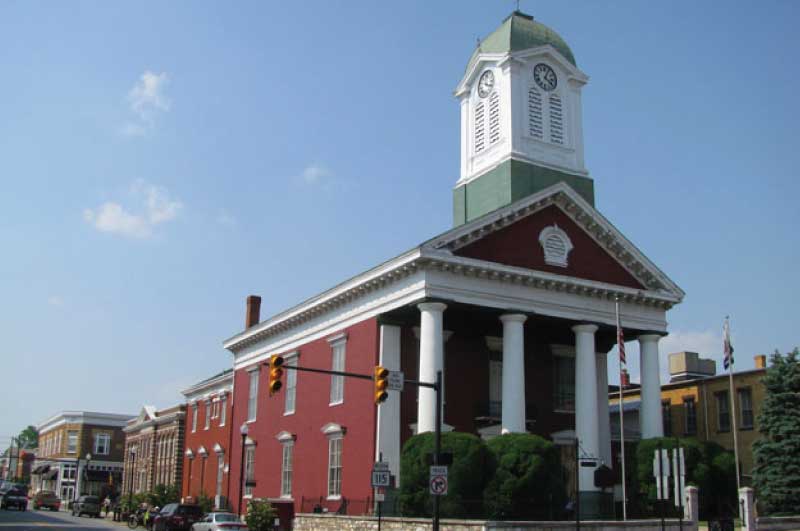
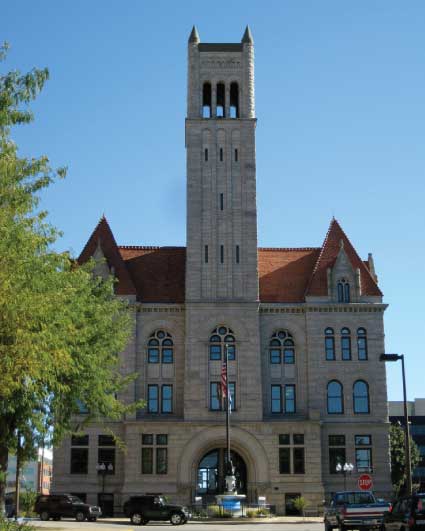
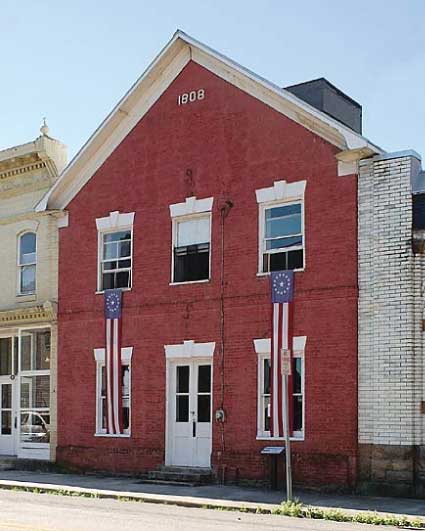
 RSS Feed
RSS Feed

